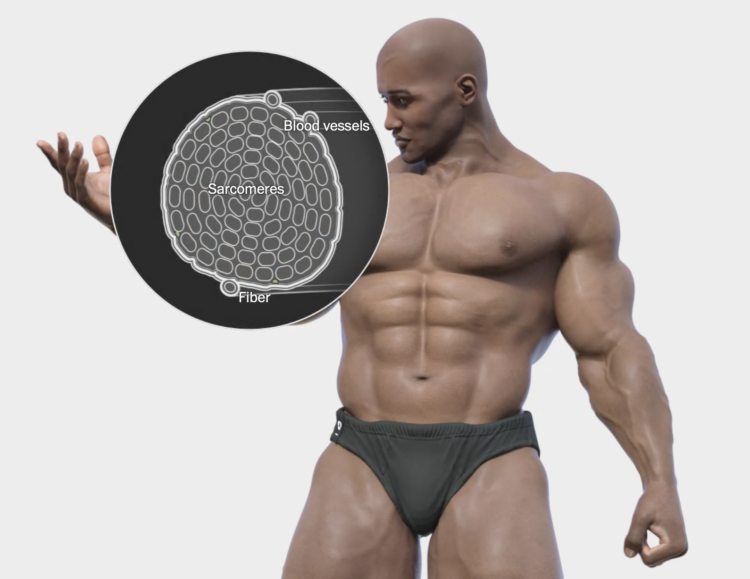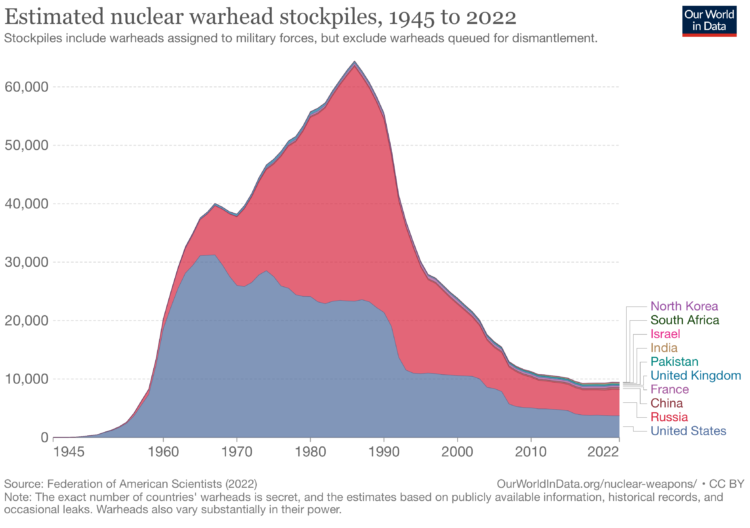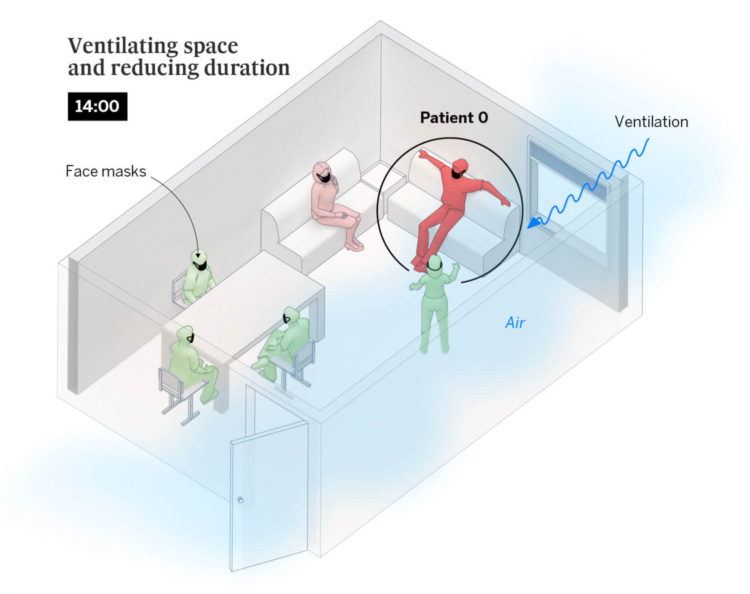Wayne Oldford, a statistics professor at the University of Waterloo, explains risk in the context of daily life at the individual level, because “one in a million” is not especially intuitive:
A few years ago, I was the “go to guy” at the University of Waterloo, asked to speak to local media, whenever a lottery jackpot got stupendously large (and the news cycle got exceedingly slow). My purpose was to relate to their audience the size of the chance of winning in a way that was quick yet comprehensible, which I did with some success on local radio and television stations.
Inevitably, though, the next day I would hear back of listener disappointment – that some of the fun of purchasing a ticket had been removed. Joy came from anticipating winning the prize and my exposition killed that for many, by them having gained an appreciation of the chance of actually winning.
I felt a little bit bad about this. I wanted people to understand the probabilities but I didn’t want to be a kill joy.
Important reading if you’re trying to understand the odds of things these days.
My favorite explanation of risk in the day-to-day is still the one from David Spiegelhalter.
Tags: context, risk, Wayne Oldford





